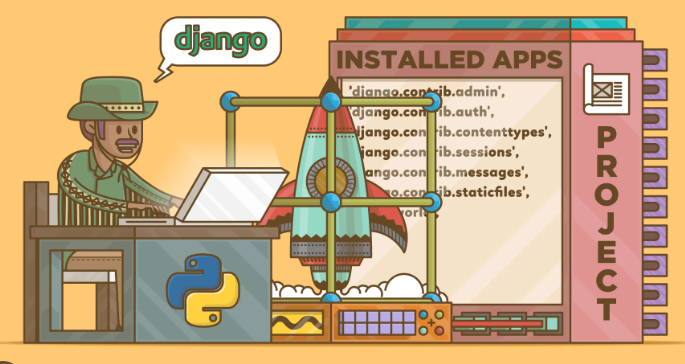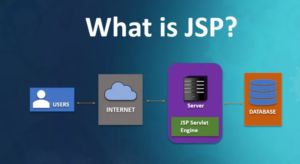Building a web application using Django involves several steps. Here’s a simplified guide to get you started:
Step 1: Set up the Django Project
- Install Django by running
pip install djangoin your command prompt or terminal. - Create a new Django project by running
django-admin startproject projectname(replace “projectname” with the name of your project). - Change into the project directory using
cd projectname.
Step 2: Create a Django App
- Inside your project directory, create a new Django app by running
python manage.py startapp appname(replace “appname” with the name of your app). - Open the
settings.pyfile inside the project directory and add your app to theINSTALLED_APPSlist.
Step 3: Define Models
- In your app directory, open
models.py. Define your data models using Django’s ORM (Object-Relational Mapping). - Each model is represented as a Python class that subclasses
django.db.models.Model. Define fields and relationships within the class.
Step 4: Create Database Tables
- Run
python manage.py makemigrationsto create migration files based on your model changes. - Apply the migrations to create the necessary database tables by running
python manage.py migrate.
Step 5: Create Views
- In your app directory, open
views.py. Create view functions or classes to handle HTTP requests. - Views return HTTP responses, typically rendered templates or JSON responses.
Step 6: Define URLs
- Create a
urls.pyfile in your app directory if it doesn’t already exist. - Define URL patterns by mapping URLs to your view functions or classes.
- Optionally, you can create a
urls.pyfile in your project directory and include your app’s URLs usinginclude().
Step 7: Create Templates
- Inside your app directory, create a folder named
templates. - Within the
templatesfolder, create HTML templates for your views using Django’s template language.
Step 8: Run the Development Server
- Start the development server by running
python manage.py runserver. - Open your web browser and visit
http://localhost:8000/to see your application.
These are the basic steps to get started with Django. From here, you can explore more advanced features such as forms, authentication, and deployment options. Django has excellent documentation available at https://docs.djangoproject.com/ that provides detailed explanations and examples for each topic.




